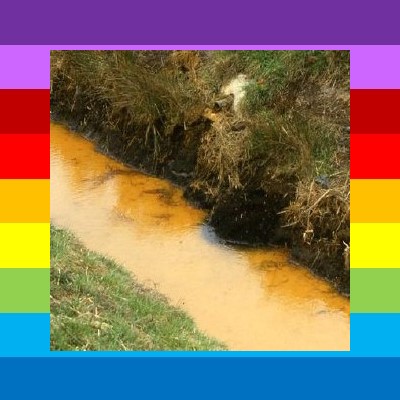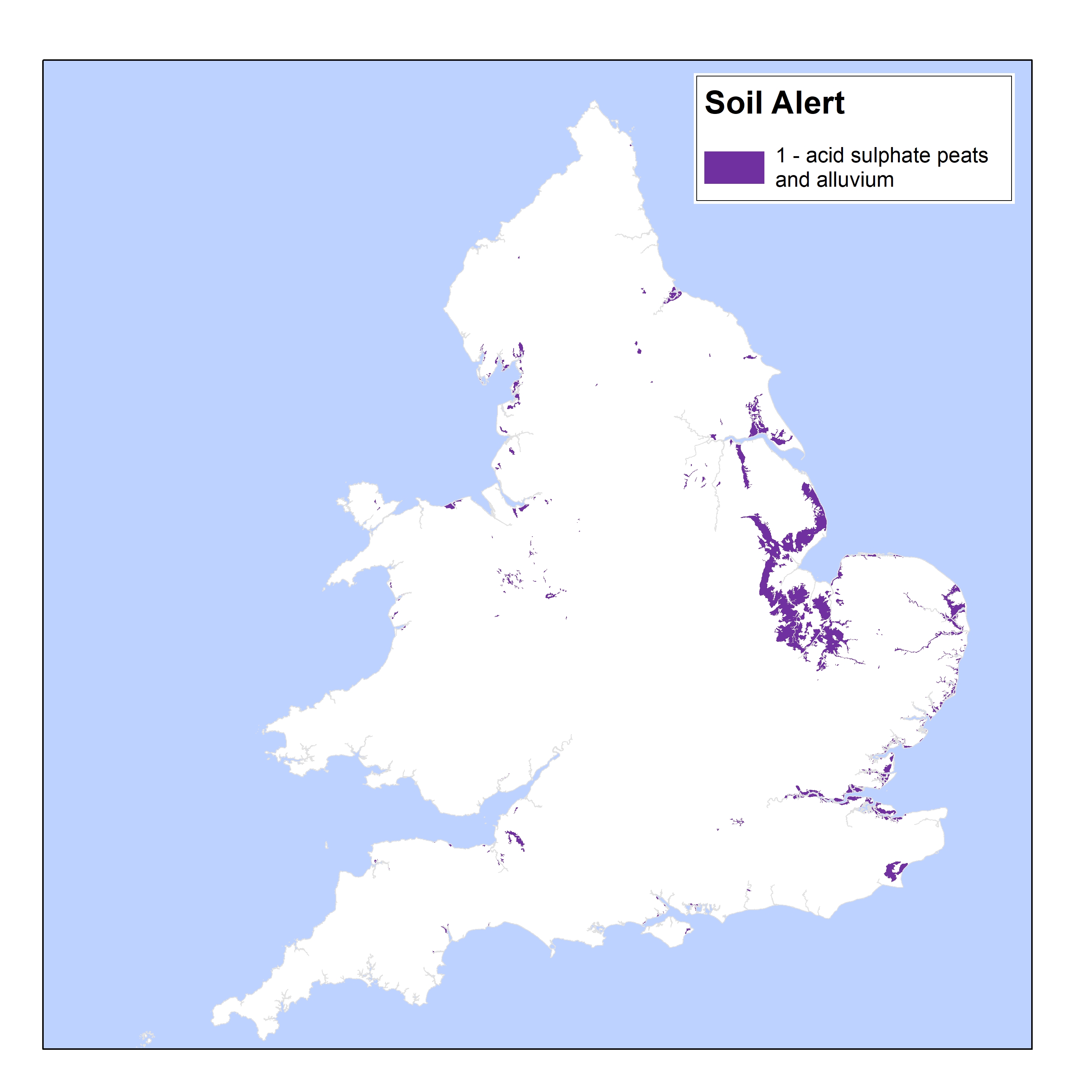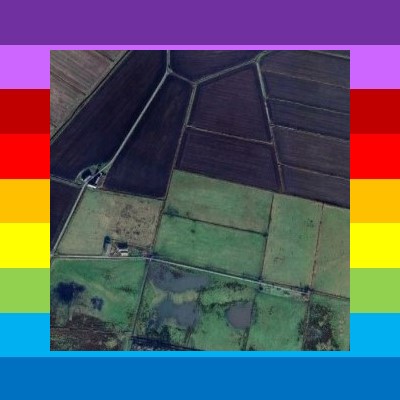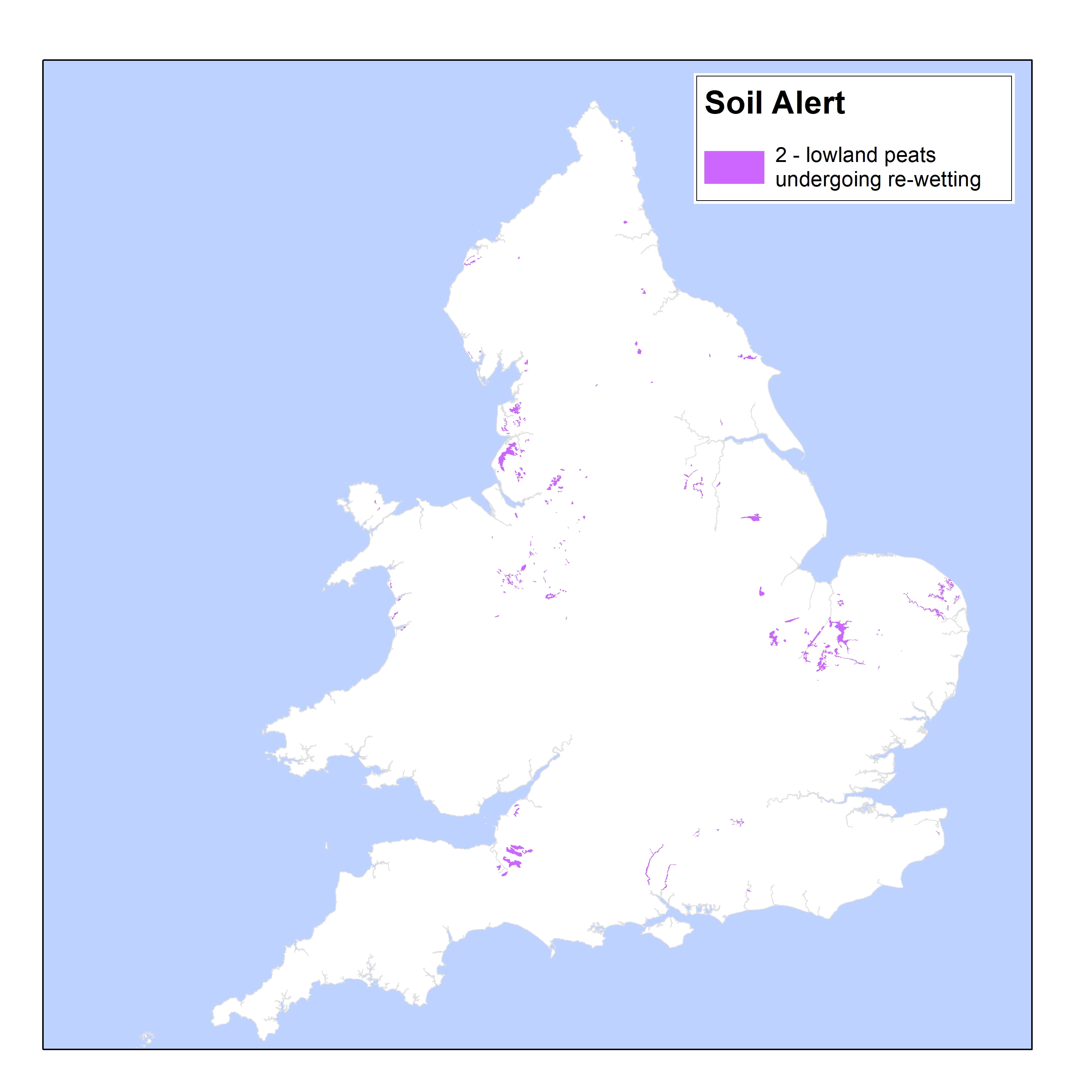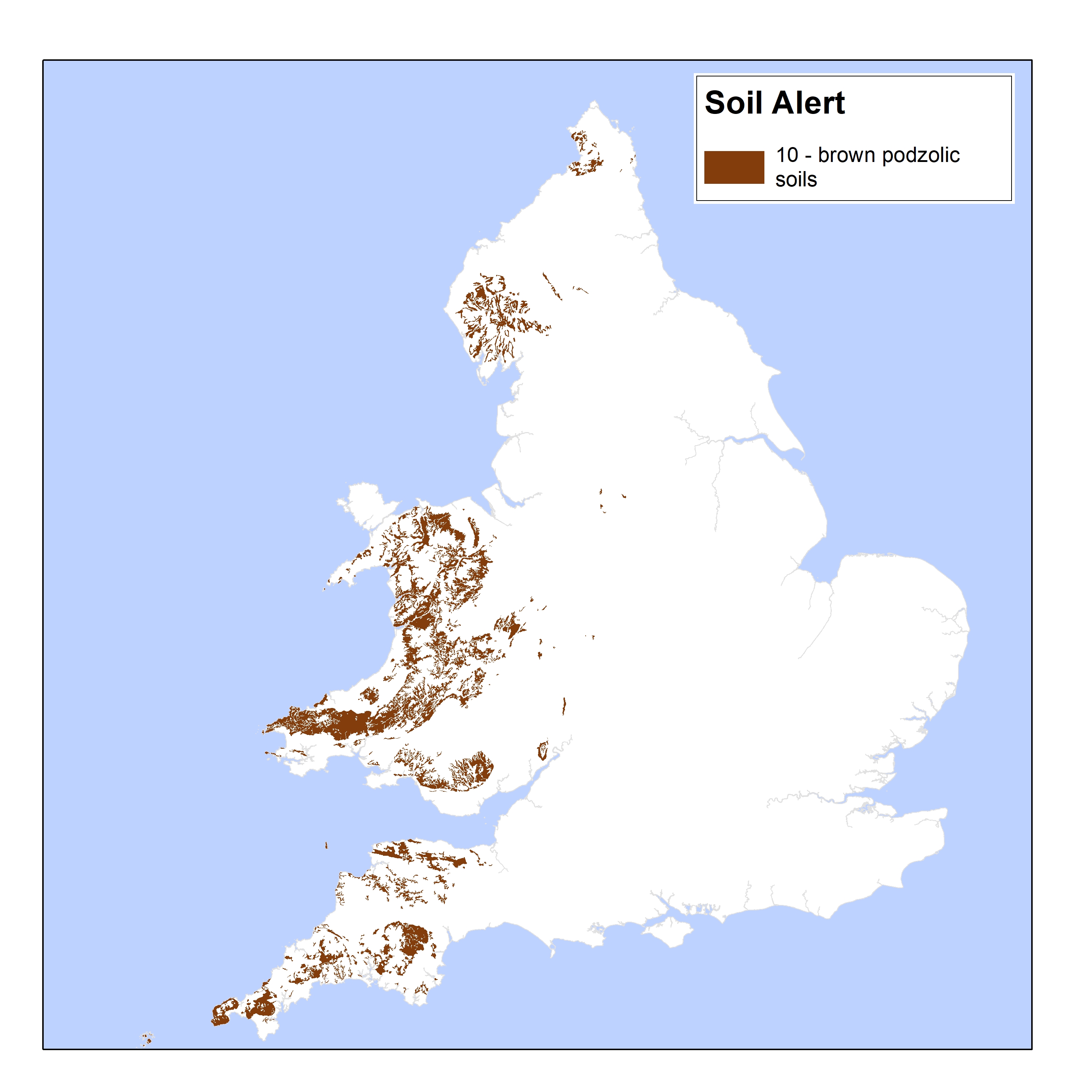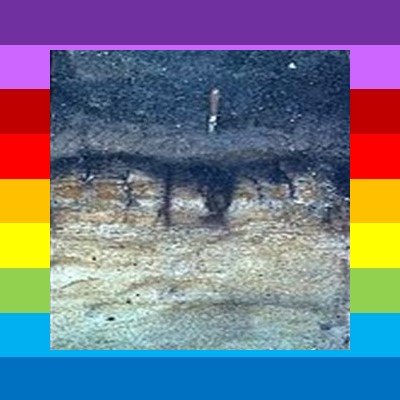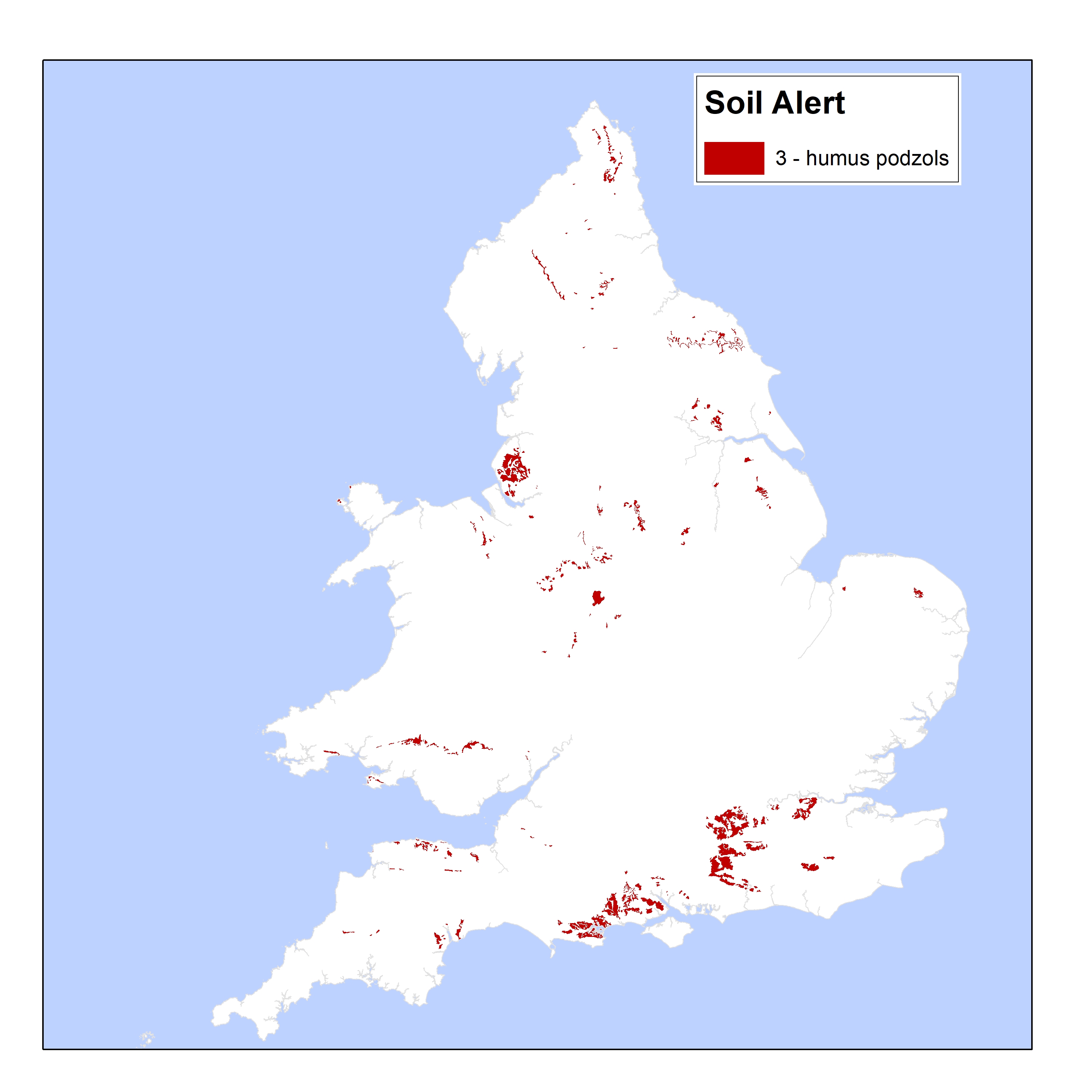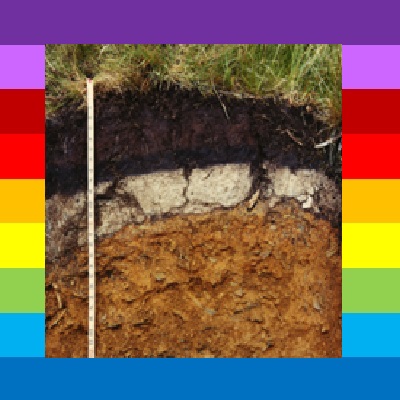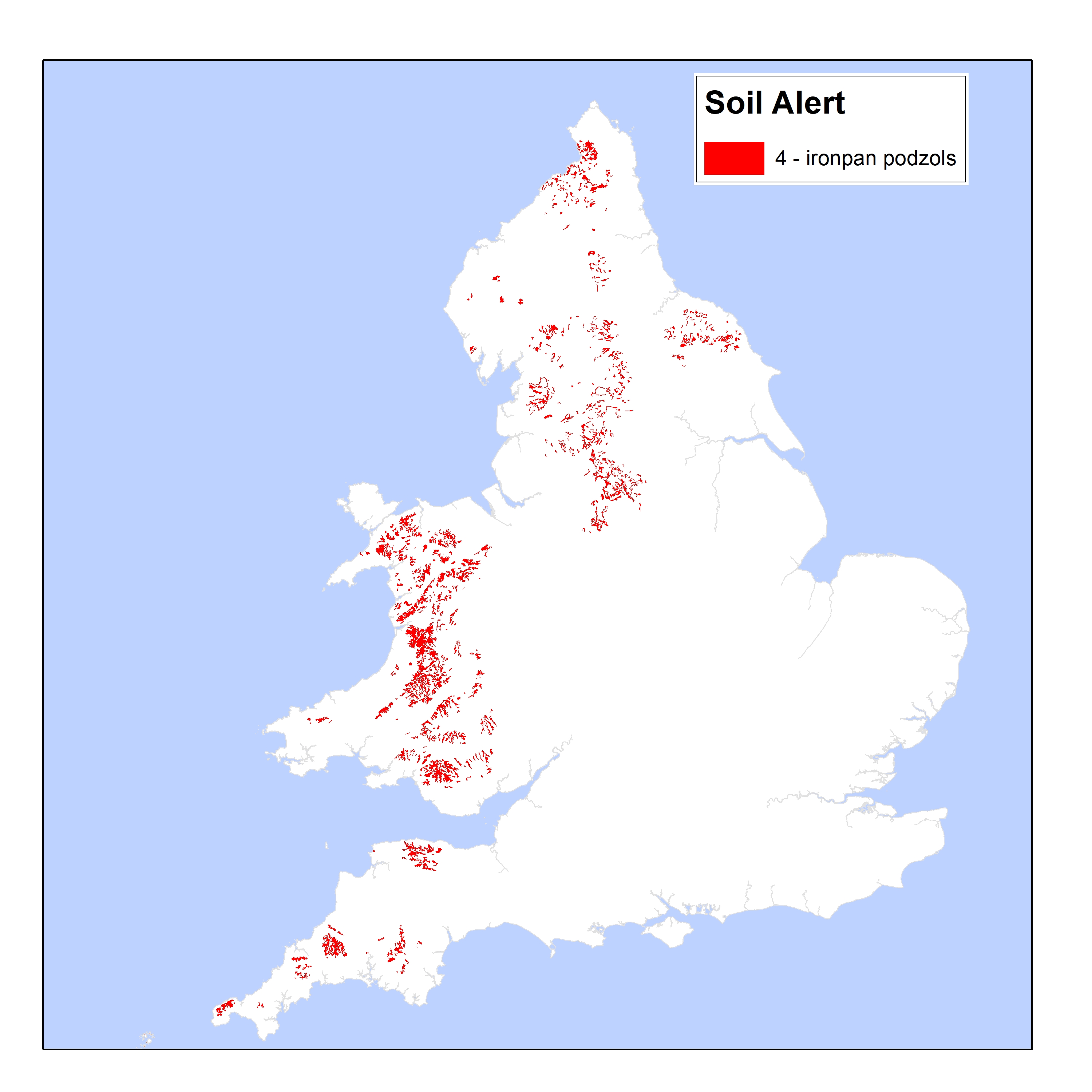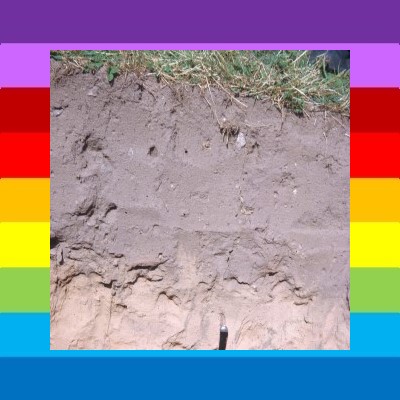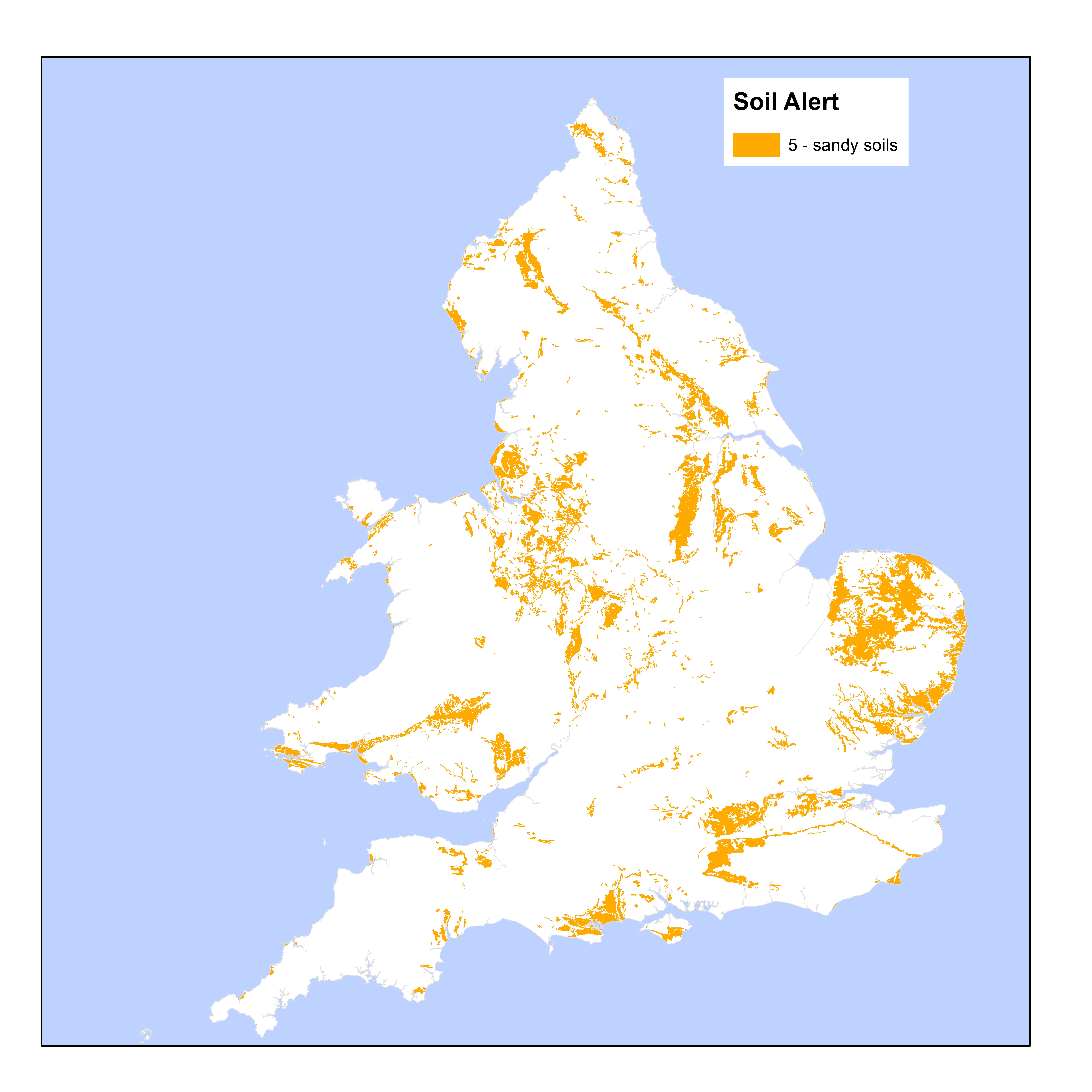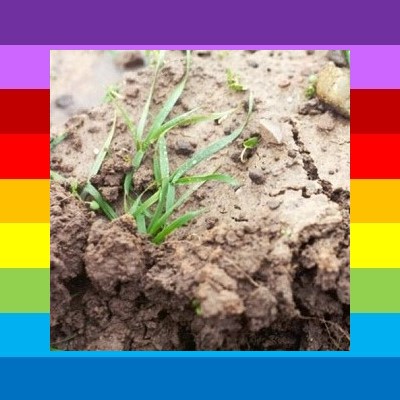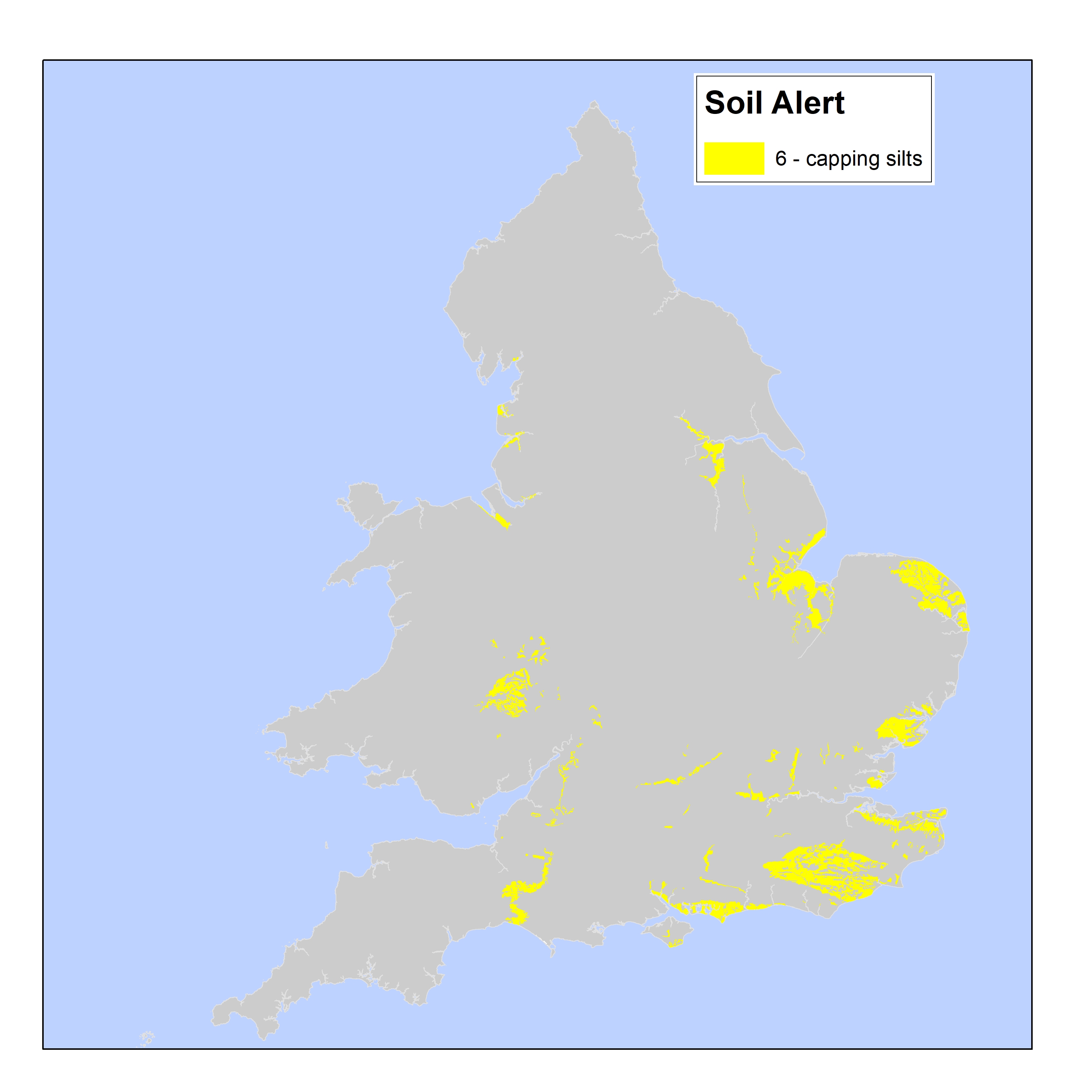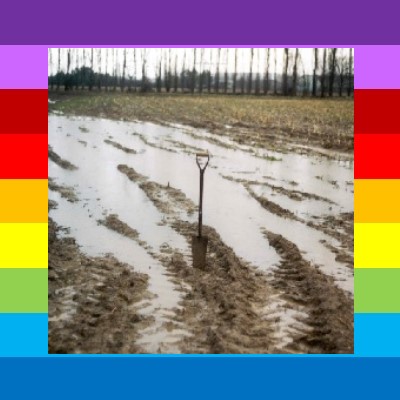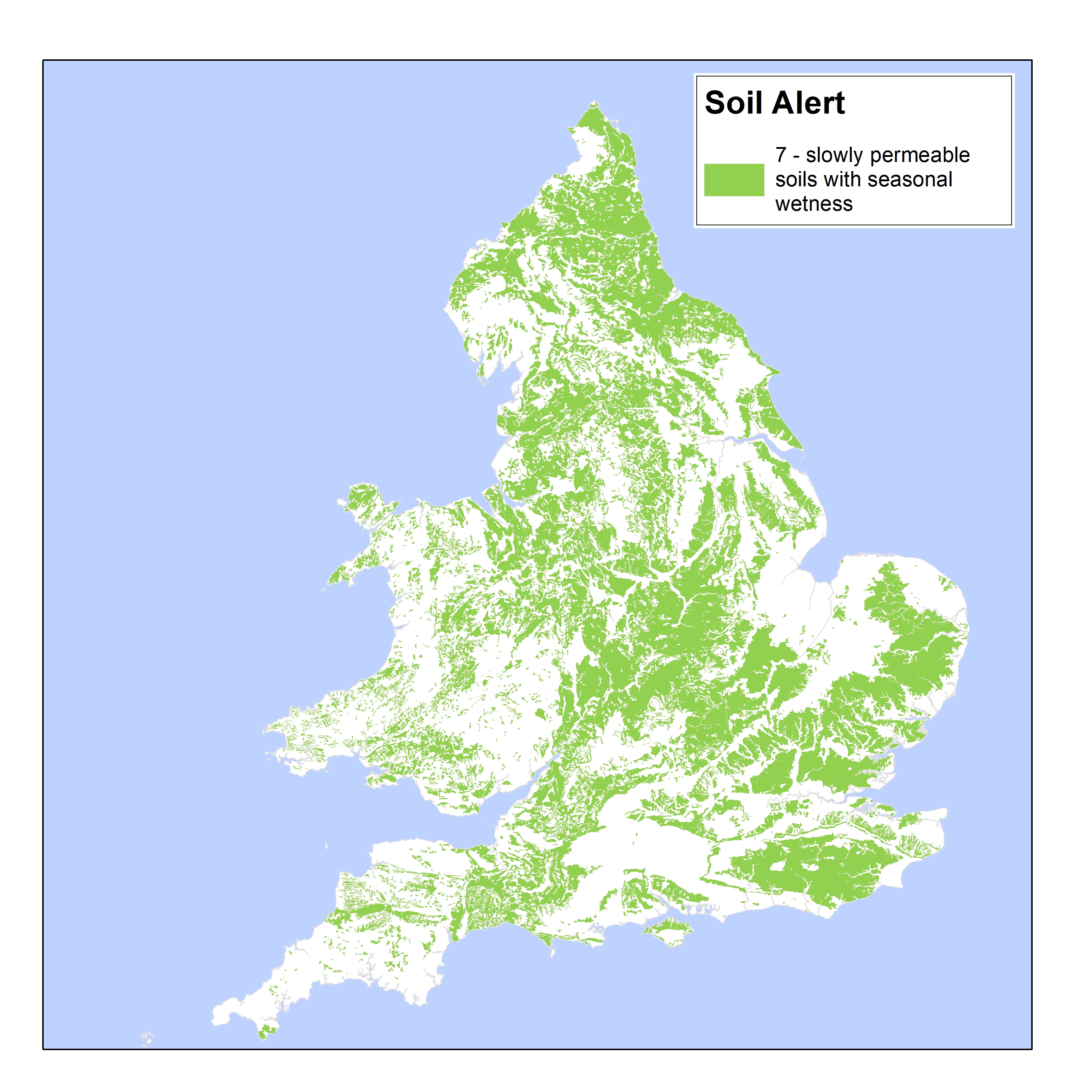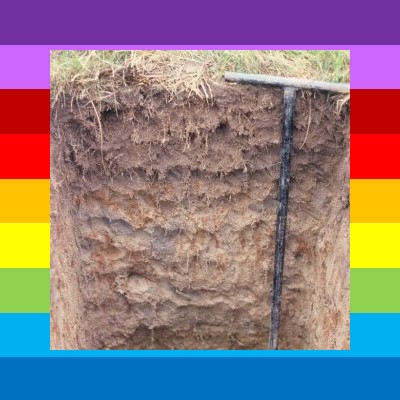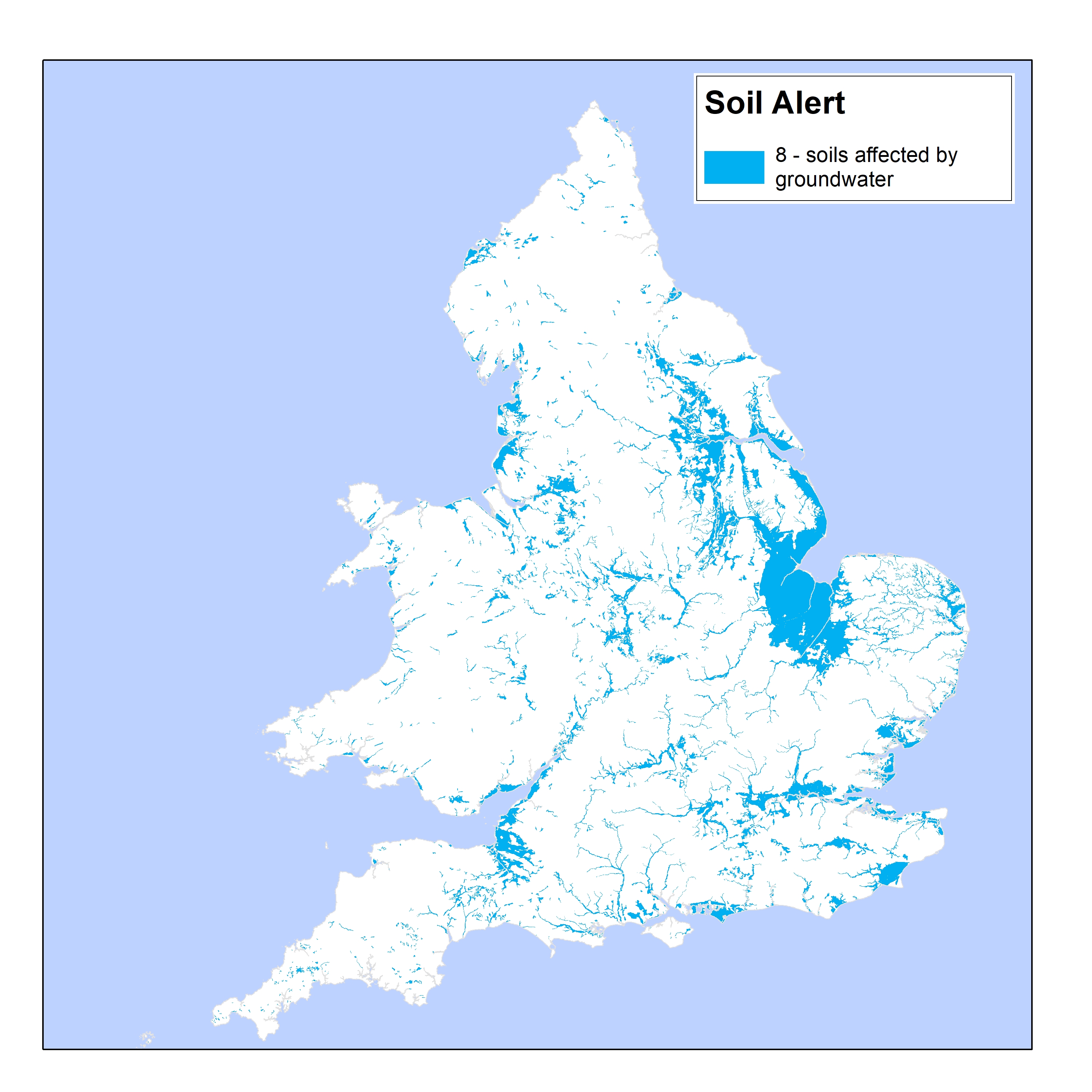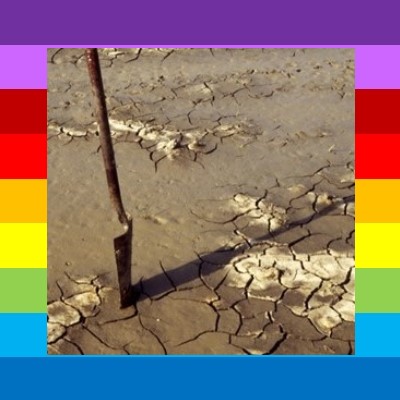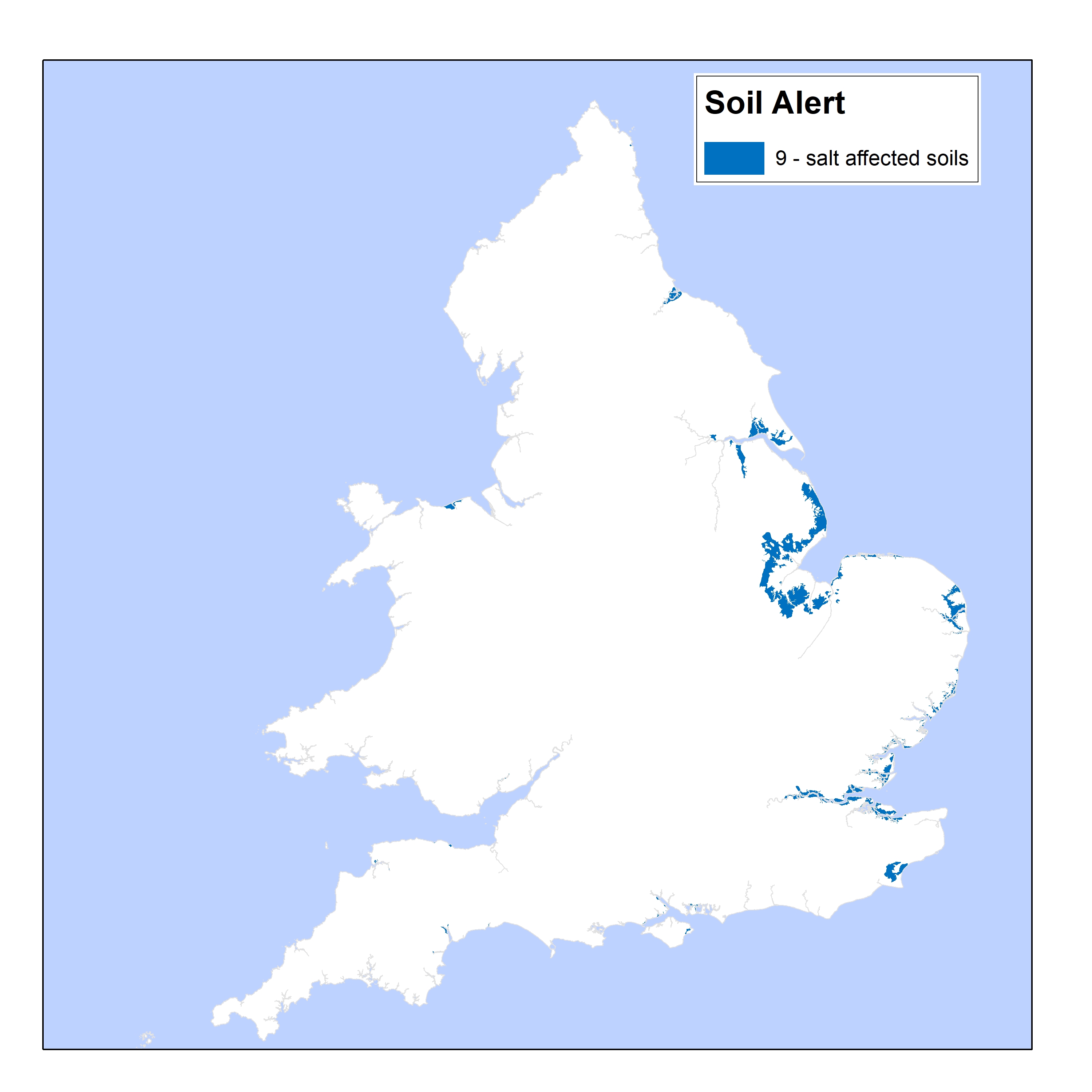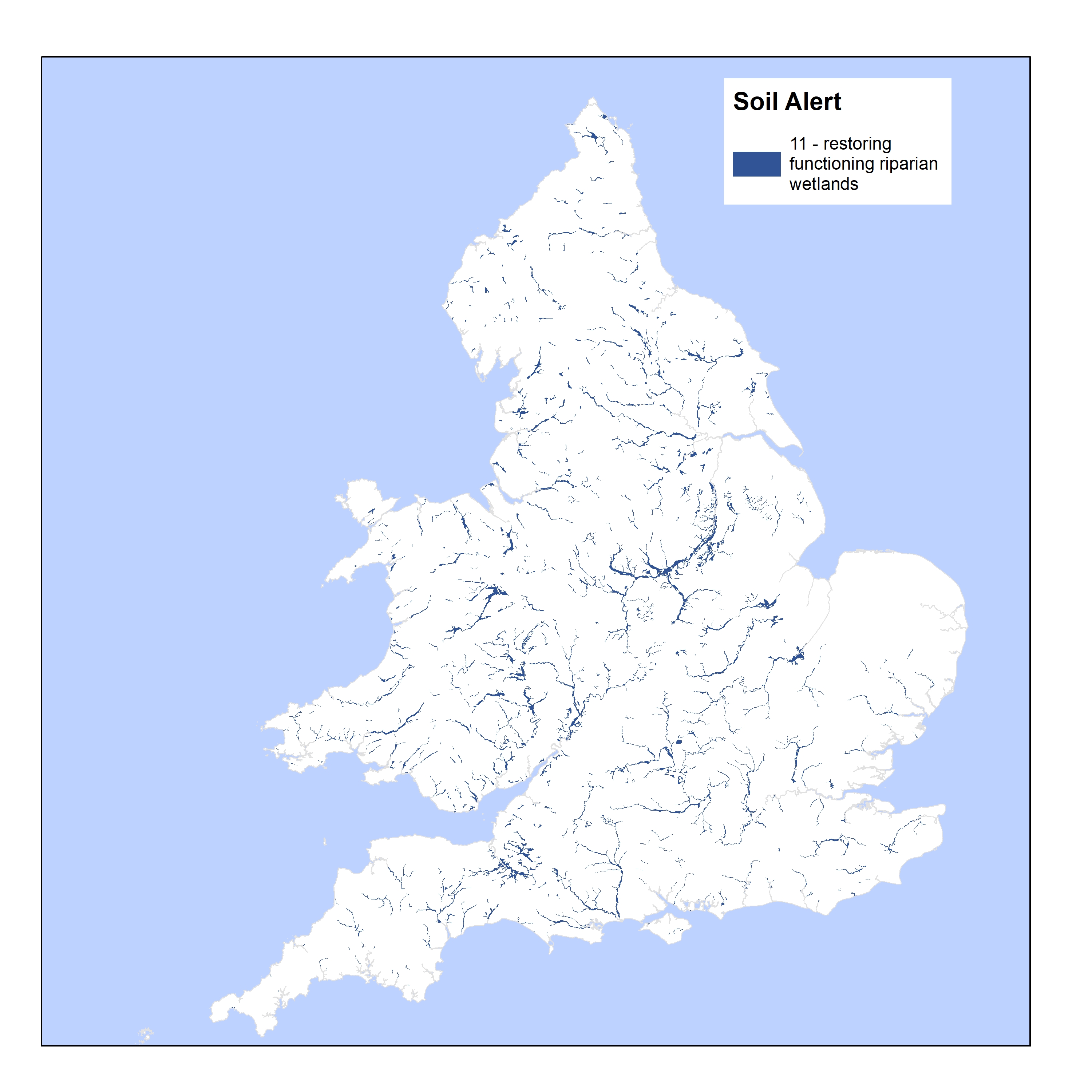
Soil Alerts for the Sustainable Management of Soil
Soil Alerts are intended to draw attention to certain characteristics of soils that are likely to be significant to the outcome of environmental and engineering projects. They are linked to both soil associations and series which are found in the Soils Guide section of LandIS.
Click on the alerts to see more details..
About Soil Alerts
An understanding of a soil's main physical, chemical and biological characteristics, and of the full soil profile, is a fundamental requirement for anyone managing or advising on land use, particularly when it is undergoing significant change. Some examples include: engineering schemes requiring soil to be stripped, stockpiled and restored, and translocation of soils from habitats such as ancient woodland and heathland affected by development. The recently introduced Environmental Land Management (ELM) Scheme provides grant aid for a wide range of initiatives for which soil is a key component. These include re-wetting of lowland peat; enabling recharge of aquifers; creation of wet grassland; restoration and creation of heathland; and, moorland management.
Land managers, engineers and their advisers may not be qualified soil scientists but they will often have a background in an environmental discipline such as ecology, forestry, hydrology or geology. Soil Alerts are aimed particularly at these types of practitioners who need to be aware of particular aspects of the soils in their care; ignorance of which may affect the outcome of a project. Humus podzols under heathland or woodland provide good examples of where reference to the associated Soil Alert is important. Some woodland and heathland podzolic soil translocation projects have failed because the ecological clerk of works overseeing the work mistook the barren and potentially phyto-toxic humus pan for a continuation of the topsoil and mixed the two together. Lowland peat soils carry Soil Alerts that emphasise the potential for extreme soil acidity and iron staining of water bodies if subsoil layers containing iron sulphide are brought to the surface by, for example, the creation of scrapes and ponds for wildlife.
It must be stressed, however, that the Soil Alerts and the information available on LandIS are not a substitute for examination of soils in the field. Within soil associations and even within soil series, there can be significant local variations of relevance to soil management (for example the level of continuity of ironpans within ironpan podzols or the presence of irreversibly dried layers within peat undergoing re-wetting). These local, but significant, variations will only be understood through an appropriate survey with an auger and pits. Those unfamiliar with soil recognition and profile description can benefit from the Working with Soils short courses run by the British Society of Soil Science (BSSS). On infrastructure projects, or where the soil characteristics are not readily understandable by the practitioner on-site, it will be necessary to employ a soil specialist to assist with a soil survey and management plan. This should be someone who has achieved the relevant soil professional competence standards set out by the BSSS.
Soil Alerts have been produced by former members of the Soil Survey of England and Wales whose survey work from the 1960s to the 1980s forms the basis of the soil information now available on LandIS and reflects decades of combined knowledge of the soils of those two nations.
